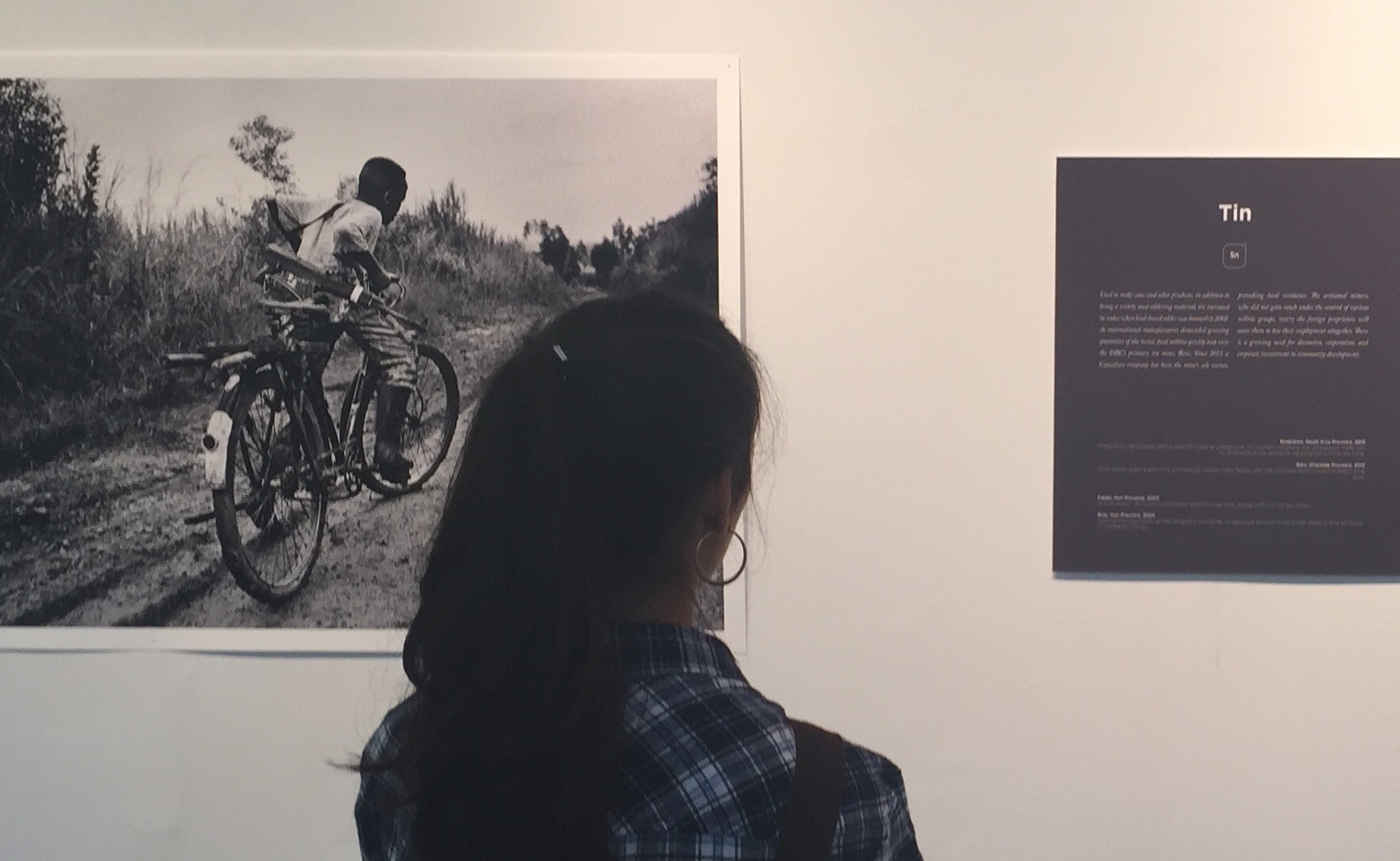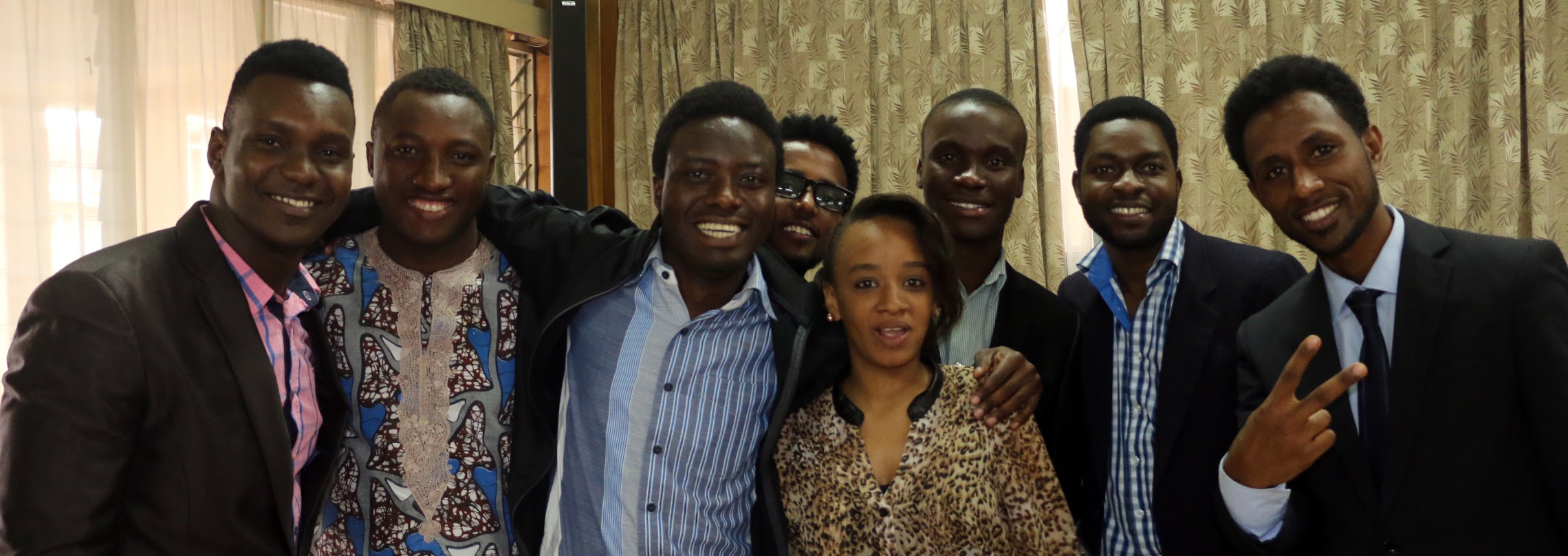This week we turn our attention to stories that our project work has us personally vested in: the human rights toll of 'conflict minerals' in the DRCongo and how best to reintegrate child soldiers into civil society after they have paid the price in the name of these minerals.
Here in Chicago, not far from our offices, we were able to take in this exhibit featuring the work of photographer Marcus Bleasdale. In this show, Bleasdale has used his powerful skills behind the camera to document the human costs of protecting mines for the corporate-interests of their owners, in the provinces of eastern Congo.
As we learned at the exhibit, this part of the Congo is especially rich in gold, tantalum, tin and tungsten essential to manufacturing cell phones, laptops, digital cameras and other electronics in high demand by world markets. In the early 2000s, militias took advantage of the soaring mineral prices and staked out profits from their extraction - often by violent means. Bleasdale's work tells the story in photos and if you are in the Chicago area, we highly recommend seeing it for yourself. Short of that, this link will take you to the photographs featured in the exhibit.
Related, and offering hope to the many caught up in the violence fueled by the minerals, are plans like this being implemented in the DRC. The kind of real training to former child soldiers outlined in the report, goes beyond just putting the issue in the news - the government's pledge and partnerships with international stakeholders takes a long view towards both ending the use of child soldiers and making sure that former combatants have skills and societal acceptance once they retire their firearms once and for all.
Viewing Bleasdale's exhibit and hearing the news of forward-thinking programs addressing the issue of child soldiers in this part of the world, reminds us that change is possible from the kind of long-term partnerships between local and international organizations. We are proud that our own work in Uganda and Kenya in helping establish National protocols and platforms, has proven to be mirrored by others working towards the same end.





